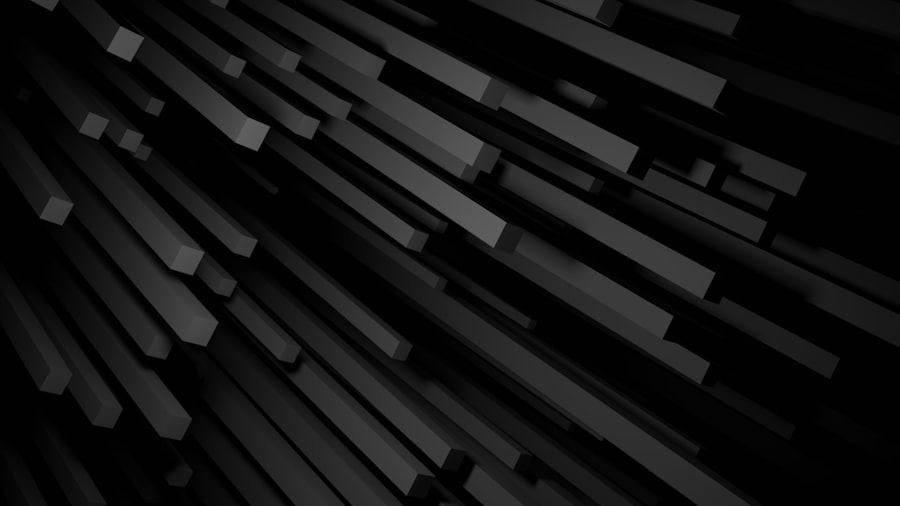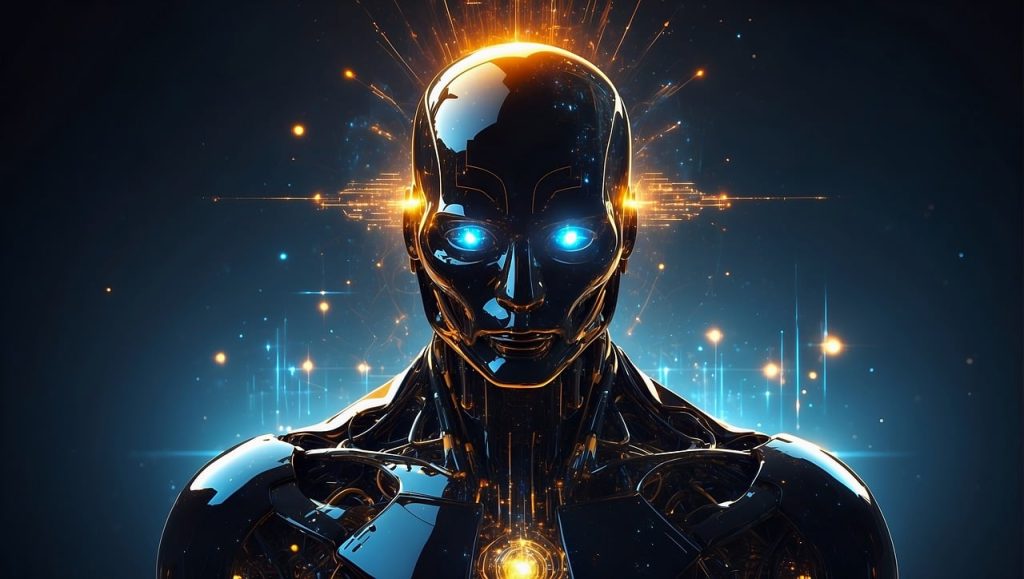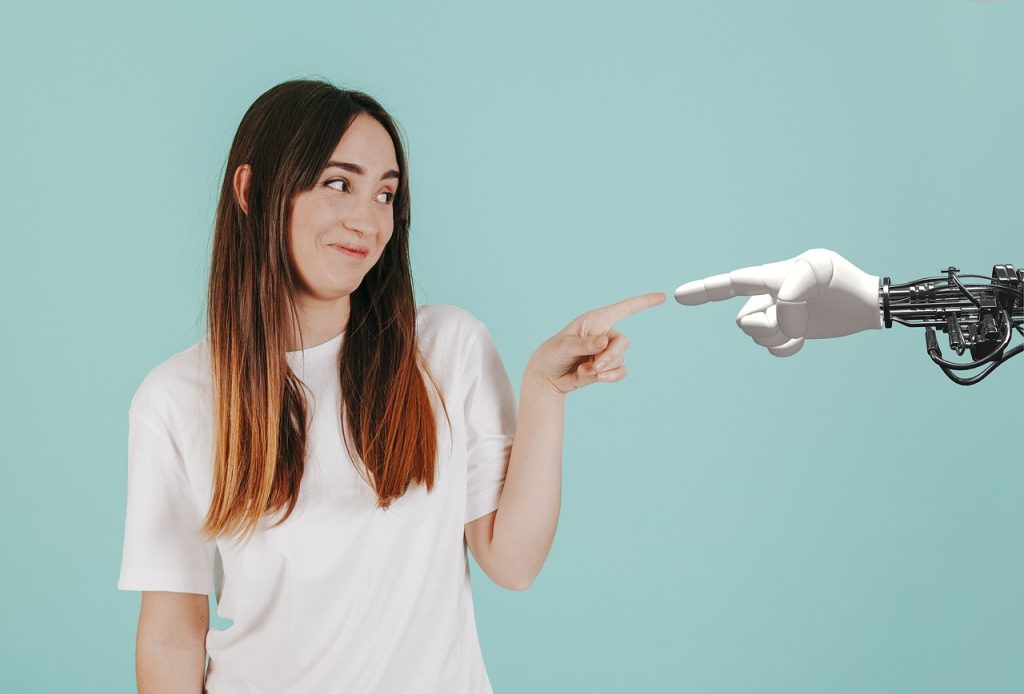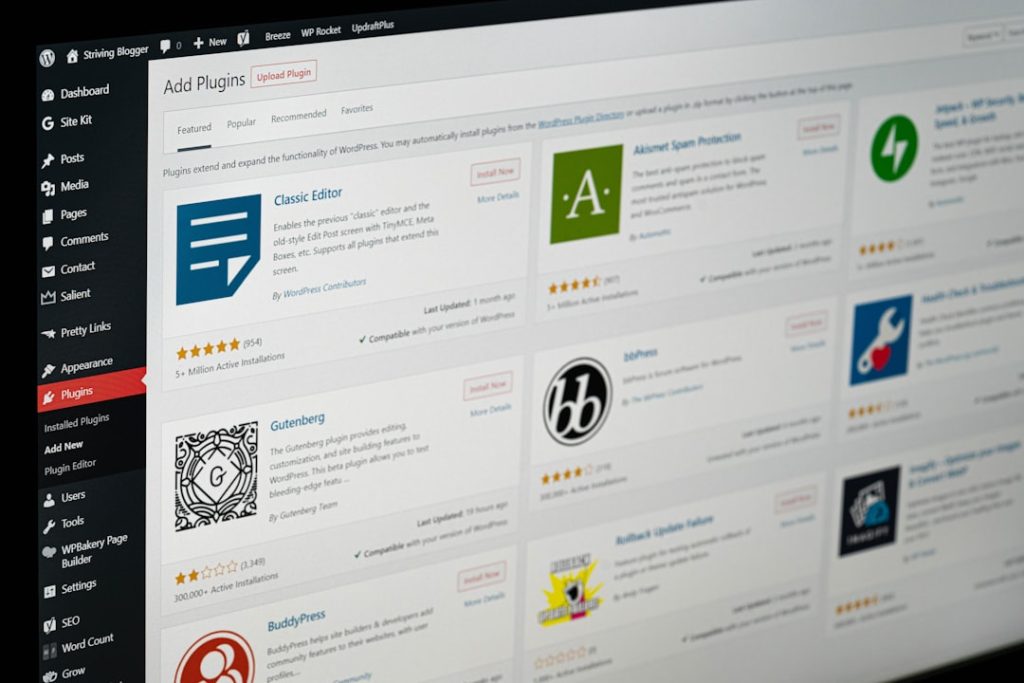In the ever-evolving landscape of music, the visual representation of an album plays a crucial role in capturing the essence of the artist’s work. The album cover serves not only as a marketing tool but also as a canvas for artistic expression, often reflecting the themes and emotions embedded within the music itself. With the advent of artificial intelligence (AI), the process of creating album covers has undergone a significant transformation.
AI album cover generators have emerged as innovative tools that leverage machine learning algorithms to produce unique and visually striking designs. These generators analyze vast datasets of existing artwork, drawing inspiration from various styles, genres, and cultural influences to create covers that resonate with both artists and audiences alike. The integration of AI into the realm of album art signifies a shift in how creativity is approached in the music industry.
Traditionally, artists would collaborate with graphic designers or illustrators to conceptualize and execute their vision for an album cover. However, AI album cover generators democratize this process, allowing musicians—regardless of their budget or artistic background—to generate professional-quality artwork with just a few clicks. This accessibility not only empowers independent artists but also encourages experimentation and innovation in visual aesthetics.
As we delve deeper into the impact of AI on album art, it becomes evident that these tools are reshaping the creative landscape, offering new possibilities for artistic expression.
Key Takeaways
- AI Album Cover Generator uses artificial intelligence to create unique and innovative album covers for musicians and bands.
- AI has revolutionized album art by providing new tools and techniques for artists to express their creativity and connect with their audience.
- The AI algorithm generates album covers by analyzing patterns, styles, and themes from a vast database of existing artwork and then creating original designs based on these inputs.
- Using AI for album art offers advantages such as saving time and costs, enabling experimentation with different styles, and providing personalized and tailored designs.
- However, challenges and limitations of AI album cover generator include the potential lack of human touch and emotional connection, as well as ethical considerations regarding copyright and originality.
The Impact of AI on Album Art
Revolutionizing the Creative Process
The influence of AI on album art extends beyond mere convenience; it fundamentally alters the relationship between artists and their visual identity. By utilizing AI-generated designs, musicians can explore a broader range of artistic styles and concepts that they may not have considered otherwise. This technology allows for rapid prototyping of ideas, enabling artists to visualize multiple interpretations of their music in real-time.
Enhancing the Listener’s Experience
As a result, the creative process becomes more fluid and dynamic, fostering an environment where experimentation is encouraged. The ability to generate diverse visual representations can lead to more profound connections between the music and its accompanying artwork, ultimately enhancing the listener’s experience. Moreover, AI’s impact on album art is not limited to individual artists; it also influences trends within the music industry as a whole.
Shaping Visual Culture and Challenging Traditional Notions
As more musicians adopt AI-generated covers, certain styles and aesthetics may gain popularity, leading to a collective evolution in visual culture. This phenomenon can create a feedback loop where emerging trends inspire new musical directions, further intertwining the realms of sound and sight. Additionally, AI-generated artwork can challenge traditional notions of authorship and originality, prompting discussions about the role of technology in creative fields.
Redefining Artistic Practices and the Future of Creativity
As artists embrace these tools, they are not only redefining their own artistic practices but also contributing to a broader dialogue about the future of creativity in an increasingly digital world.
How AI Algorithm Generates Album Covers

At the heart of AI album cover generators lies sophisticated algorithms that utilize machine learning techniques to create visually appealing designs. These algorithms are trained on extensive datasets comprising thousands of existing album covers across various genres and styles. By analyzing patterns in color, composition, typography, and imagery, the AI learns to identify key elements that contribute to successful album art.
Once trained, the algorithm can generate new designs by combining these learned features in novel ways, resulting in unique artwork that reflects the input parameters set by the user. The process typically begins with the user providing specific inputs or preferences, such as genre, mood, or color palette. The AI then synthesizes this information with its learned knowledge to produce a range of potential designs.
Users can often refine their selections by adjusting parameters or providing feedback on generated images, allowing for an interactive creative experience. This iterative process not only enhances user engagement but also ensures that the final product aligns closely with the artist’s vision. As technology continues to advance, these algorithms are becoming increasingly sophisticated, capable of producing artwork that rivals traditional methods in terms of quality and creativity.
Advantages of Using AI for Album Art
| Advantages of Using AI for Album Art |
|---|
| 1. Efficiency |
| 2. Cost-effectiveness |
| 3. Customization |
| 4. Consistency |
| 5. Time-saving |
One of the most significant advantages of using AI for album art is its ability to streamline the creative process. For independent artists or those with limited resources, commissioning a professional designer can be prohibitively expensive and time-consuming. AI album cover generators offer an affordable alternative that allows musicians to produce high-quality artwork quickly and efficiently.
This accessibility empowers artists to focus more on their music while still achieving a visually compelling representation of their work. Furthermore, the speed at which these generators operate means that artists can experiment with multiple designs without incurring additional costs or delays. Another notable benefit is the potential for enhanced creativity and inspiration.
By leveraging AI’s capacity to analyze vast amounts of data, artists can discover new styles and concepts that they may not have encountered otherwise. The randomness inherent in AI-generated designs can lead to unexpected results that spark fresh ideas and directions for an artist’s work. This collaborative relationship between human creativity and machine intelligence fosters an environment where innovation thrives.
As artists explore these new avenues, they may find themselves breaking free from conventional constraints and embracing a more expansive view of their artistic possibilities.
Challenges and Limitations of AI Album Cover Generator
Despite its many advantages, the use of AI in generating album covers is not without challenges and limitations. One significant concern is the potential loss of personal touch and emotional depth that comes with traditional artistic processes. While AI can produce visually stunning designs, it lacks the nuanced understanding of human experiences and emotions that often inform an artist’s work.
This disconnect may result in artwork that feels generic or lacks authenticity, ultimately failing to resonate with audiences on a deeper level. As artists increasingly rely on AI tools, there is a risk that their unique voices may become diluted in favor of algorithmically generated trends. Additionally, there are ethical considerations surrounding authorship and originality in AI-generated art.
As these technologies become more prevalent, questions arise about who owns the rights to an artwork created by an algorithm: the artist who inputted the parameters or the developers behind the AI? This ambiguity can lead to legal disputes and complicate the relationship between artists and technology providers. Furthermore, as AI-generated designs become more ubiquitous, there is a growing concern about homogenization within visual culture.
If many artists rely on similar algorithms for inspiration, it could result in a saturation of similar styles and aesthetics, ultimately stifling diversity in artistic expression.
The Future of Album Art with AI

The Future of Album Art with AI
The future of album art with AI appears both promising and complex. As technology continues to advance, we can expect even more sophisticated algorithms capable of producing highly personalized designs tailored to individual artists’ visions. These developments may lead to greater collaboration between human creativity and machine intelligence, resulting in innovative approaches to visual storytelling within music.
Collaboration and Creative Evolution
As AI becomes more integrated into creative workflows, we may witness a shift in how artists conceptualize their work—viewing AI not merely as a tool but as a collaborative partner in the creative process. However, this evolution will also necessitate ongoing discussions about ethics and authenticity in art creation. As artists navigate this new landscape, they will need to find ways to maintain their unique voices while embracing technological advancements.
Striking a Balance Between Tradition and Innovation
The challenge will be to strike a balance between leveraging AI’s capabilities and preserving the emotional depth that characterizes meaningful artistic expression. This balance is crucial in ensuring that the use of AI in album art does not compromise the authenticity and emotional resonance of the music.
Embracing the Future of Album Art
Ultimately, the future of album art will likely be defined by a dynamic interplay between tradition and innovation—where artists harness the power of AI while remaining true to their creative instincts.
Examples of AI-Generated Album Covers
Several notable examples illustrate the potential of AI-generated album covers in contemporary music culture. One prominent case is the collaboration between musician Holly Herndon and her AI creation named Spawn. Herndon utilized machine learning algorithms to generate vocal samples that were then incorporated into her music.
The accompanying album cover was also created using AI tools, showcasing an abstract design that reflects the experimental nature of her work. This project exemplifies how artists can seamlessly integrate AI into both their sound and visual identity, creating a cohesive artistic statement. Another striking example comes from the band YACHT, who employed an AI algorithm to generate their album cover for “Chain Tripping.” The band fed various images into the algorithm alongside their own aesthetic preferences, resulting in a vibrant and surreal design that captures the essence of their music.
By embracing this technology, YACHT not only produced an eye-catching cover but also sparked conversations about authorship and creativity in the age of AI. These examples highlight how musicians are increasingly exploring the intersection of technology and artistry, paving the way for new forms of expression within the music industry.
Embracing the Evolution of Album Art with AI
As we stand at the crossroads of technology and creativity, it is clear that AI album cover generators are reshaping the landscape of visual representation in music. While challenges remain regarding authenticity and ethical considerations, the potential for innovation and accessibility offered by these tools cannot be overlooked. Artists now have unprecedented opportunities to explore new styles and concepts while streamlining their creative processes—ultimately enriching their artistic journeys.
Embracing this evolution means recognizing that technology can serve as both a collaborator and a catalyst for creativity rather than a replacement for human expression. As musicians continue to experiment with AI-generated artwork, they will undoubtedly contribute to an ongoing dialogue about what it means to create art in an increasingly digital world. By harnessing these advancements while remaining true to their unique voices, artists can navigate this new terrain with confidence—ushering in a future where album art continues to thrive as an essential component of musical storytelling.



